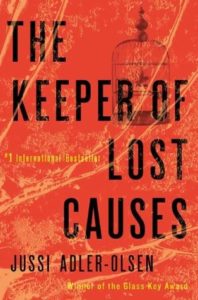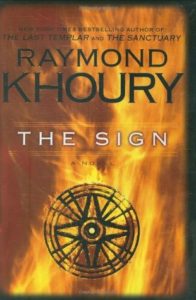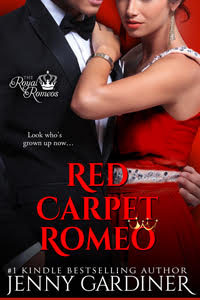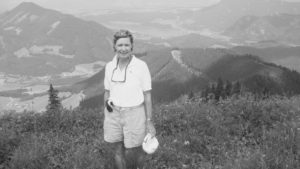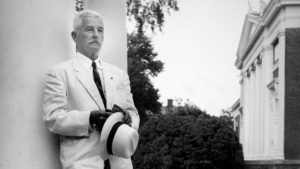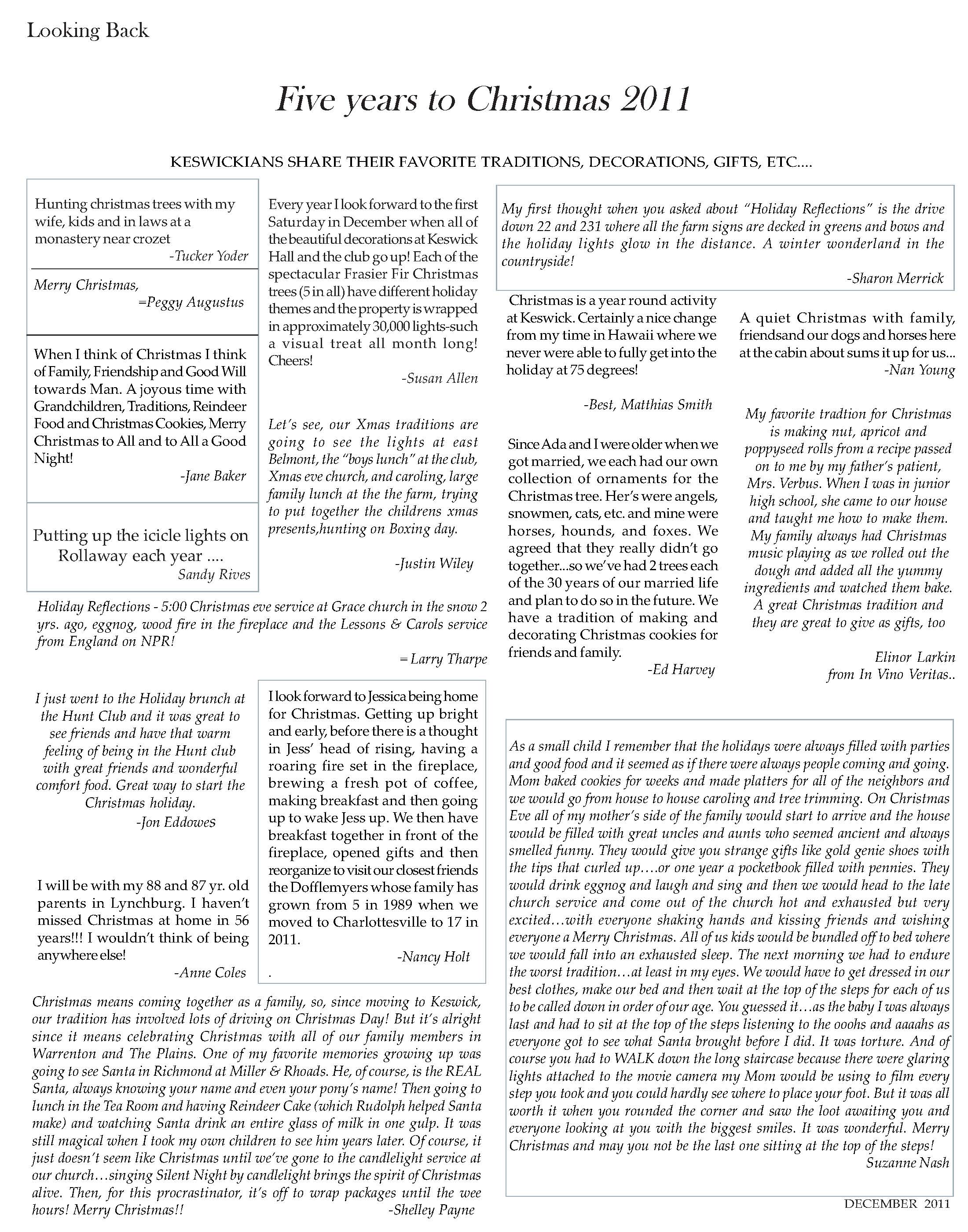Face it, Christmas is a tough time for Martians.
Because if you don’t get your jollies wrapping packages and don’t see the value of slathering yards of decorative ribbon around them, don’t enjoy looking through stacks of Christmas cards with families dressed to the nines and smiling like they’re auditioning for The Brady Bunch and would rather have a root canal than go to the 10 PM service, then you are chalked up as not only a hopeless Martian, but also as a complete grinch.
No matter how many pre-Xmas pacts you’ve negotiated about not overdoing presents, when you only own up to having the allotted three, you get grinched. “Yeah, we had an agreement,” she’ll say, “but I didn’t expect you to hold to it—after all, it’s Christmas!”
So if you’re like me, you rush out at the last minute and peevishly squander a bunch of money on a gift hoping it puts you back in good graces again. I usually end up at Angelo’s pointing at some trinket and praying it doesn’t cost an arm and a leg. When the salesgirl tells me the price, I think to myself, “Good, only a leg!”
Chances are the bauble will get you through Christmas dinner, but later in the day she’s bound to say, “I hope next year you don’t have to buy your way back into favor with some lavish gift.” And if you respond with, “If you don’t like it, you can take it back,” only gets you in deeper. It’s best, I’ve learned, just to cut your losses and sit there eating humble pie. Face it, you’re a hopeless grinch.
And God forbid you try to limit the number of gifts each grandchildren gets by saying, “Jeez, you already got Molly the doll, a bunch of clothes and the camera—don’t you think that’s enough?” What you get in return is, “What do you want to do? Wreck the poor child’s Christmas?”
Plus, you’d better learn to back off when she drags you into the pet store and starts chucking gifts for the dogs into the cart. “Don’t you think Rufus will just love these?” Even if you’re tempted to say something like: “I’m not sure that dogs even know its Christmas.” Such a seemingly innocuous statement can get you into big trouble. I should know, I tried it last year and got, “I can’t believe you’d say such a thing–of course they do!”
But the place where you can really step in it is with the tree. First thing you need to know is that to a Martian, all the trees look pretty much the same but in Venusian reality there is no such thing as a perfect tree. That’s why you have to go through every tree in the damn lot to find the one with the least imperfections. You have to listen to, “Hold this one up for me, will you?” at least twenty times.
And of course its freezing cold out there and you’ve forgotten gloves so the needles prick and itch your wrists. So by the time you get to the twentieth, you’re starting to repeat, “So this one looks pretty good, don’t you think?”
“No, no, no, can’t you see there’s a big hole in the side?” Or, “C’mon, it leans way to the left.” Or, “Are you kidding me? That’s the ugliest tree I’ve ever seen.”
Ten more trees and she’s finally resigned to saying, “Well, I guess unless you want to try the other lot, we’ll have to settle for this one.”
“Oh no, I think this one will look great,” you say as you fork over the eighty bucks for the flawed tree and drag it to the car.
Then the fun starts. I swear Christmas tree stands were invented in medieval times. High tech they aren’t. I don’t know why someone doesn’t invent a remote-controlled gizmo that stands the tree up straight and screws it in automatically. I mean, now you can turn up the heat when you’re in Zanzibar and vacuum your house with a robot, I don’t know why we’re condemned to this Stone Age mechanism.
Here’s the drill. First you have to approximate a 90 degree angle with the tree, then hit the deck and scoot under the branches, hoping the tree doesn’t decide to do a sudden lean on you. Christmas tree stands have these thumbscrews that rust in place over the summer so you have to crawl out and get pliers to loosen them. You painstakingly screw each one in a little bit so you gradually surround the trunk, hopefully holding it in place only to creep out to hear the wife saying, “You call that straight?” So it’s back under the tree until you get it right. One Christmas, I got sent back under four times.
Every Christmas it seems like there are tons more ornaments. And of course there are the lights that don’t work. I swear someone sneaks in over the summer and adds more ornaments and sabotages the strings of lights so that you have to make a trip to Lowe’s and buy more. You stand in line with a bunch of fellow saps all holding items to replace the ones that went on the fritz the past year.
I don’t know when I’m going to learn to toss the lights and buy new ones next Xmas. But jeez, I think to myself, what with the bracelet I bought at Angelo’s, the toys for the grandkids and the dogs—doesn’t someone have to be fiscally responsible around here? Maybe I’ll wait on the lights until next year. That’s when you come to realize the whole cycle is destined to repeat again.
And finally there’s the damn antique star that goes at the tippy-top so you have to risk a hospital trip by getting up on the tallest stepladder you have and, leaning precariously over the top of the tree, insert it onto the tree’s top, praying you don’t slip a step and end up in a full-body cast for the holidays.
And all the time you have to smile and grin like you’re having the time of your life, when you’re actually praying she’ll forget the last box of ornaments and call it a day. No such luck. Every one of the 633 ornaments is going to go on the tree. It’s enough to make you start drinking eggnog early.
So every Christmas I say to myself, Hooray for New Years! It can’t come soon enough.




